Afghan Hound vs. Vizsla: Breed Differences and Similarities
Weight Gain Potential
Which breed eats more: Afghan Hound or Vizsla?
Afghan Hound has low obesity risk, but needs exercise and food monitoring for optimal health.
Vizsla has average obesity risk, needs balanced diet, daily walks, and weight monitoring.
Hypoallergenic
Are Afghan Hounds or Vizslas hypoallergenic, or neither?
While no dogs are truly 100% hypoallergenic, Afghan Hounds are about as close as it gets, making them an ideal pet if you are an allergy sufferer.
Unfortunately, the Vizsla is not hypoallergenic, making it not a good choice for a dog lover who suffers from pet allergies.
Temperament
What are the personalities of Afghan Hound and Vizsla dogs?
Aloof
Dignified
Independent
Clownish
Happy
Affectionate
Energetic
Intelligent
Protective
Cheerful
Gentle
Playful
Quiet
Easygoing
Companionable
Lively
Friendly
Evenly Tempered
Trainable
Willing
Shedding Level
Do Afghan Hounds shed more than Vizslas, or which breed sheds more, Afghan Hounds or Vizslas?
Afghan Hound or Vizsla dogs are not heavy shedders, but they will lose a significant amount of hair each year. To decrease the amount of shedding, you can regularly brush your Afghan Hound or Vizsla. This will remove loose hair and keep their coat growing in the same direction.
Watchdog Ability
Which dog breed makes a better watchdog, the Afghan Hound or Vizsla?
Avoid Afghan Hounds as watchdogs - they're not effective.
Vizslas are decent watchdogs - they'll alert their owner if something seems amiss.
Ancestry
What are the origins of Afghan Hound and Vizsla breeds?
saluki (persian greyhound)
Turkish Yellow Dog, Transylvanian Hound, Weimaraner
Breed recognition
Which kennel clubs recognize/register Afghan Hound and Vizsla?
American Canine Registry
American Kennel Club
America's Pet Registry
Canadian Kennel Club
Dog Registry of America Inc.
Federation Cynologique Internationale
Kennel Club of Great Britain
North American Purebred Registry, Inc.
American Canine Association, Inc.
Australian National Kennel Council
Continental Kennel Club
National Kennel Club
New Zealand Kennel Club
United Kennel Club
American Canine Registry
American Kennel Club
America's Pet Registry
Canadian Kennel Club
Dog Registry of America Inc.
Federation Cynologique Internationale
Kennel Club of Great Britain
North American Purebred Registry, Inc.
American Canine Association, Inc.
Australian National Kennel Council
Continental Kennel Club
National Kennel Club
New Zealand Kennel Club
United Kennel Club
Date of Birth
When were Afghan Hound and Vizsla breeds first developed?
ancient times
Middle Ages
Breed Group
What is the Breed Group of Afghan Hound and Vizsla?
Sporting (AKC:1926)
Sighthound & Pariah (UKC)
Sporting (AKC:1960)
Gun Dogs (UKC)
Eye Color Possibilites
What are the eye colors of Afghan Hound and Vizsla dogs?
Brown
Brown
Nose Color Possibilites
What are the natural nose colors of Afghan Hound and Vizsla?
Black
Brown
Coat Color Possibilites
What are the natural colors of the coat for Afghan Hound and Vizsla breeds?
Black
Red
Cream
Blue
Silver
White
Fawn
Red
Coat Length
What is the typical coat length for Afghan Hound and Vizsla breeds?
Afghan Hounds are known for their coat length.
Vizslas have coats that can be either short or medium in length.
Coat Density
What is the density of the coat of Afghan Hound and Vizsla?
Coat Texture
What is the hair texture of Afghan Hound and Vizsla?
Straight
Litter Size
What is the usual litter size for Afghan Hound and Vizsla?
An Afghan Hound can have a litter of 12-14 puppies on average. However, it's worth noting that the size of the litters can vary greatly. Factors that can influence litter size include the health of the mother, breeding history, and genetics.
A Vizsla can have a litter of 10-14 puppies on average. However, it's worth noting that the size of the litters can vary greatly. Factors that can influence litter size include the health of the mother, breeding history, and genetics.
Adaptability
Afghan Hound and Vizslas are known for their adaptability and versatility. They are capable of adapting well to a wide range of lifestyle changes and living environments, making them great companions for families and individuals of all lifestyles.
Health Issues
Between Afghan Hound and Vizsla, which breed is more prone to health problems?
Afghan Hound and Vizsla breeds are generally considered to be healthy. However, like all breeds, they are susceptible to certain health issues and it is important to keep an eye out for them and address them with your veterinarian as needed.
Major Concerns
What are the major health concerns for Afghan Hound and Vizsla breeds?
Demodectic Mange
Cataracts
Hip Dysplasia
Thyroid
Corneal Opacities
Progressive Retinal Atrophy
Epilepsy
Hypothyroidism
Lymphoma
Tricuspid Valve Dysplasia
Minor Concerns
What minor health issues should be kept in mind when owning Afghan Hound and Vizsla?
Progressive Retinal Atrophy
Retinal Dysplasia
Glaucoma
Allergies
Bacterial and Viral Infections
Occasional Tests
What occasional tests are recommended for Afghan Hound and Vizsla breeds?
Eye
Hip X-Rays
Heart
Blood Test
Heart
Thyroid Tests
Eye Examination
Physical Examination
Allergy Tests
Energy
How do the energy levels of Afghan Hounds and Vizslas compare?
Afghan Hound and Vizsla breeds are high-energy dogs, thus an active lifestyle suits them well.
Social Needs
Afghan Hound vs Vizsla social needs comparison
Afghan Hound has average social needs and is less independent than other breeds.
Vizsla has above average social needs and thrives with interaction with humans and other dogs.
Exercise Needed
Afghan Hound vs Vizsla exercise need comparison.
Afghan Hounds require significant physical activity and suit those with an active lifestyle.
Vizslas need high physical activity and are ideal for active individuals, but not suitable for sedentary lifestyles or small apartments.
Sleeping Need
Which of the two sleeps the most/least: Afghan Hound or Vizsla?
Afghan Hound and Vizsla are active dogs that may not require as much sleep as other breeds. However, they still need enough sleep to stay healthy.
Drooling Tendency
Which drools more/less, Afghan Hound or Vizsla?
The Afghan Hound and Vizsla breeds are known for their low drooling tendencies, making them a suitable choice for people who don't want to deal with drool marks on their clothing.
Tendency to Bark
Do Afghan Hounds or Vizslas bark more/less frequently?
Afghan Hounds are typically quiet and only bark when needed, such as to alert their owner or when in distress.
Vizslas bark moderately when necessary and may also bark due to certain triggers like fear, alarm, boredom, greeting, separation anxiety and compulsive barking.
Territorial
Is the Afghan Hound or Vizsla a better guard dog?
Afghan Hound dogs are not typically good guard dogs due to their lack of protective nature and weak territorial drive.
While Vizsla dogs can defend their territory or owners, it's not their primary trait, and they are not ideal guard dogs.
Mouthiness
Mouthiness Comparison: Afghan Hound vs Vizsla?
Roaming urge
Afghan Hound vs Labrador: Running away tendency?
Prey Drive
Afghan Hound or Vizsla - which breed has a higher level of prey drive?
Past times
What are some enjoyable activities and ways to keep Afghan Hound and Vizsla entertained?
Walking, Running
Fetch, Tug-of-war, Pulling, Saying hi, Walking, Petting, Boat ride, Run, Swim, Hunt, Tracking, Sniffing, Dog Parks, Cuddle, Play, Belly rubs, Jumping, Kisses, Running, Kissing, Chewing, Cuddling, Ball chasing, Power walking, Playing chase, Fetching, Casual walking, Skateboarding, Hiking, Frisbee
Activity Level
Which breed has higher energy, Afghan Hounds or Vizslas?
Afghan Hounds are medium-energy dogs and typically enjoy socializing and playing casual or even sustained games of chase with other dogs. They may also have occasional periods of barking or racing around the house.
Vizslas are high-energy dogs. They need mental as well as physical exercise. These dogs require a lot of your involvement and without it they can, and will, become problematic dogs.
Tolerance of being left alone
Walks per Week
How many miles should Afghan Hound or Vizsla walk each week?
There's really no limit to how far you walk your dog as long as they're comfortable. For Afghan Hound, it's at least 8 miles / week. Just remember to build distance and stamina gradually over time.
There's really no limit to how far you walk your dog as long as they're comfortable. For Vizsla, it's at least 14 miles / week. Just remember to build distance and stamina gradually over time.
Activity per Day
Do Afghan Hounds or Vizslas require more exercise?
In general most Afghan Hounds usually need at least 45 minutes of exercise daily. This can be spread across the day and include all sorts of high-energy activities, like walking, running and playing.
In general most Vizslas usually need at least 90 minutes of exercise daily. This can be spread across the day and include all sorts of high-energy activities, like walking, running and playing.
Grooming
Which breed is easier to maintain in terms of grooming, Afghan Hounds or Vizslas?
Afghan Hounds have high grooming needs, requiring regular trims and professional grooming assistance to keep their coat healthy.
The Vizsla is a low-maintenance breed that doesn't require much grooming.
Brushing Frequency
What is the recommended brushing frequency for Afghan Hound and Vizsla dogs?
Ideally, Afghan Hound should be brushed at least 2 or 3 times a week (preferably daily) improve shedding.
Vizsla should be brushed at least once a week. Of course you can give them more frequent brushes if you find that they are still shedding a lot
Brushing Tools
What brushing tools are used for Afghan Hounds and Vizslas?
Pin Brush
Slicker Brush
Comb
Nail Clipper
Slicker Brush
Nail Clipper
Cups
How much food should be given to Afghan Hound or Vizsla in cups?
Afghan Hound and Vizsla share the same recommended daily food intake of 3 cups, although the appropriate quantity may vary depending on the quality and nutritional content of their food.
Daily Cost
Which breed has a higher daily cost, Afghan Hound or Vizsla?
The average cost of an Afghan Hound is somewhere $3.90 - $4.20 per day.
The average cost of a Vizsla is somewhere $1.70 - $2.00 per day.
Monthly Cost
Which breed has a higher monthly cost, Afghan Hound or Vizsla?
The average per month expenses of an Afghan Hound is between $112 - $126. This makes an average of $1344 - $1512 per year. It will be on the higher side when the dog is still small because it will need more frequent visits to the vet, shots.
The average per month expenses of a Vizsla is between $48 - $63. This makes an average of $576 - $756 per year. It will be on the higher side when the dog is still small because it will need more frequent visits to the vet, shots.
Intelligence
Comparing Intelligence: Afghan Hounds vs Vizslas
Afghan Hound is an independent and stubborn breed with low obedience intelligence, making training a test of patience.
Vizsla is a very intelligent and trainable breed.
Sensitivity Level
How do Afghan Hound and Vizsla compare in sensitivity?
These dog breeds are particularly attuned to its environment and the emotions of those around it. Afghan Hound and Vizsla can be easily overwhelmed by loud noises, new environments, unfamiliar people, or animals. This dog breed is best suited for individuals or families who are patient, gentle, and understanding of its sensitive nature. It may also benefit from a calm and stable home environment, with a consistent routine and plenty of positive reinforcement training.
Affection Dependance
Which is the more affectionate dog breed: Afghan Hound vs Vizsla?
Apartment Friendly
Which breed is more apartment-friendly: Afghan Hound or Vizsla?
Afghan Hounds make excellent apartment dogs, being fairly active indoors and not requiring a yard.
Vizslas can do well in apartments with enough exercise and time outside, but a small yard would be ideal.
Child Friendly
Do Afghan Hounds or Vizslas have a friendlier temperament towards children?
Afghan Hound and Vizsla are kid-friendly dogs. They are good with children and excellent dogs with children if they are socialized and trained at a young age.
Senior-friendly
Which dog is more suitable as a pet for the elderly - Afghan Hound or Vizsla?
Cat Friendly
Do Afghan Hound or Vizsla breeds have a better compatibility with cats?
Afghan Hounds are somewhat cat friendly and can be trained to get along with cats.
Vizslas are average in their friendliness toward cats and tend to do well with them, especially if raised together.
Dog Friendly
Which breed is more sociable with other dogs: Afghan Hound or Vizsla?
{Afghan Hounds and Vizslas are average friendly towards other dogs. If they are raised with other dogs, they are likely to get along with them. And, if they are socialized properly from a young age, they will usually be great with other dogs.
Pet friendly
How do Afghan Hound or Vizsla dogs interact with other pets?
Stranger Friendly
Which breed is more friendly with strangers: Afghan Hound or Vizsla?
Afghan Hounds are quick to announce strangers and can be standoffish or suspicious.
Vizslas are averagely friendly around strangers but benefit from early socialisation.
Playfulness
Which breed is more playful between Afghan Hound and Vizsla?
Afghan Hounds have an average level of playfulness, enjoying playtime like most dogs but not excessively so.
Vizslas are very playful, so adopting an older one might be a better option for a more relaxed experience.
Trainability
How do the trainability levels of Afghan Hounds and Vizslas compare?
Afghan Hounds are usually easy to train but require consistency to fully obey commands.
Vizslas are popular for their ease of training and quick learning ability.
Compare Afghan Hound with other breeds

Great Bernese
Afghan Hound vs Great Bernese
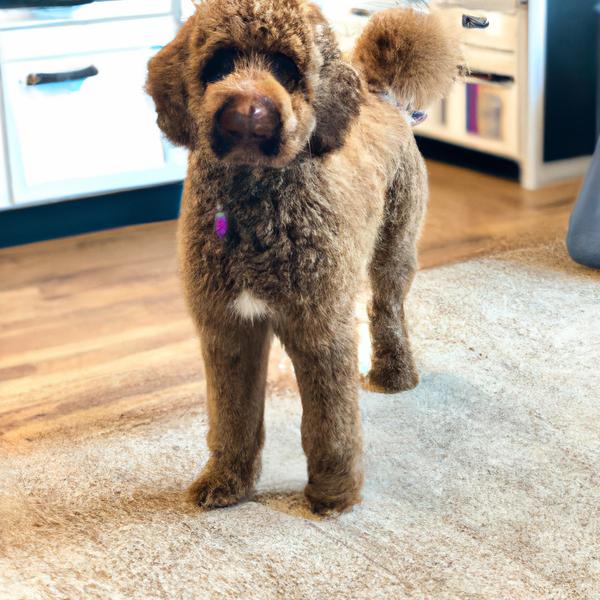
Pooda Houla
Afghan Hound vs Pooda Houla

Frenchie Staff
Afghan Hound vs Frenchie Staff
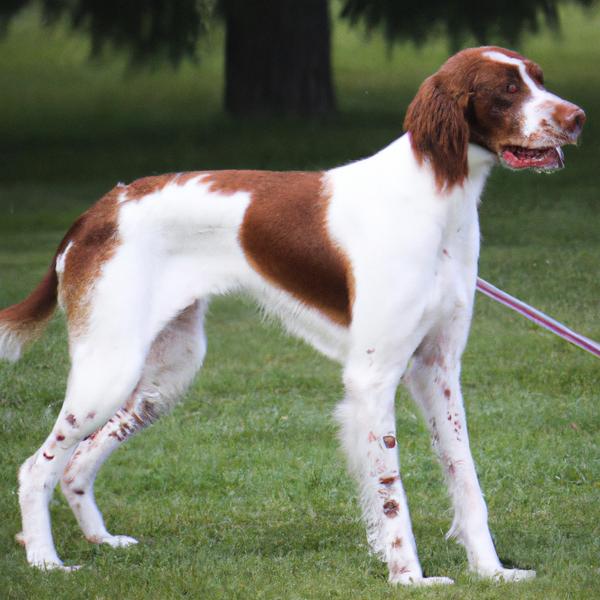
Sceagle
Afghan Hound vs Sceagle
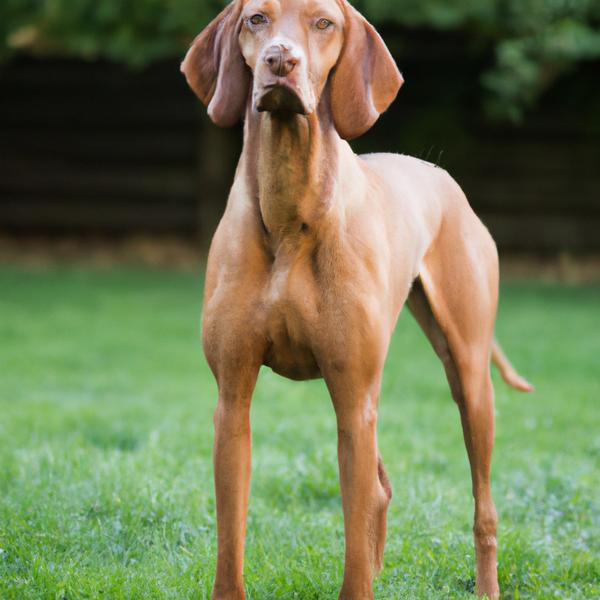
Vizsla
Afghan Hound vs Vizsla

Chow Shepherd
Afghan Hound vs Chow Shepherd
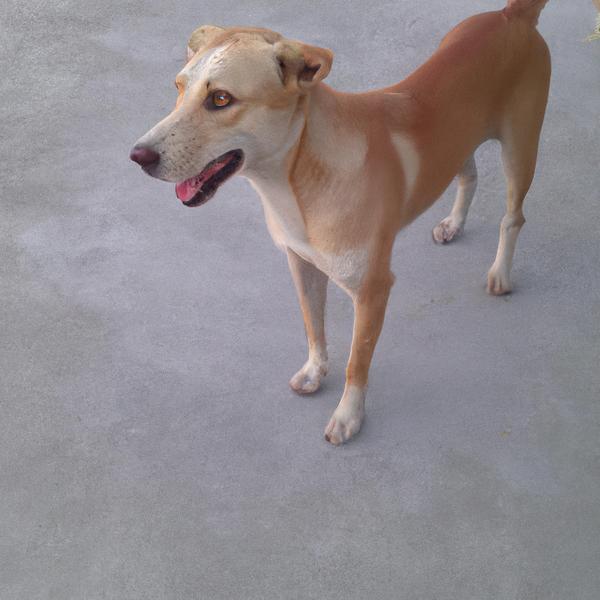
Shollie
Afghan Hound vs Shollie

Rottaf
Afghan Hound vs Rottaf

Papillon
Afghan Hound vs Papillon
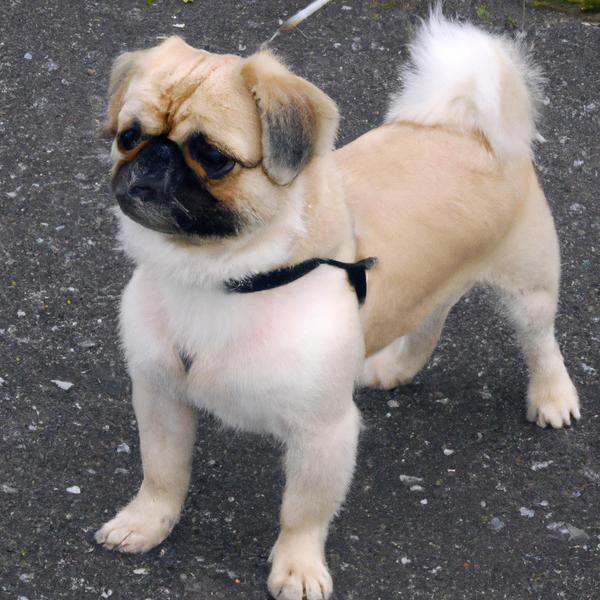
Pug-Coton
Afghan Hound vs Pug-Coton
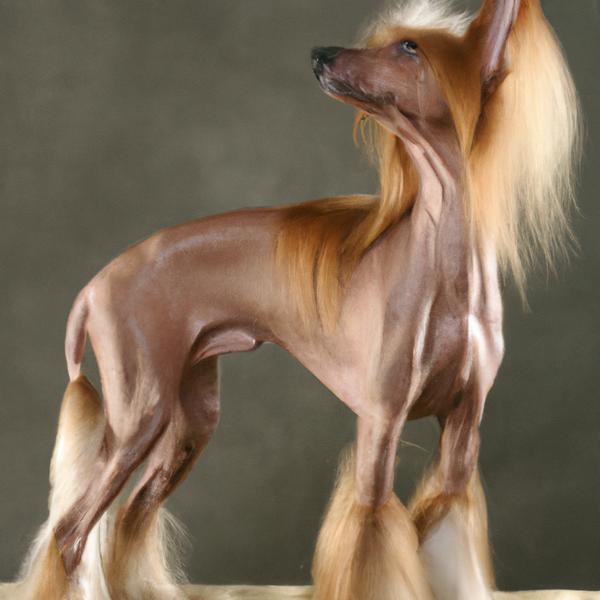
Crestoxie
Afghan Hound vs Crestoxie
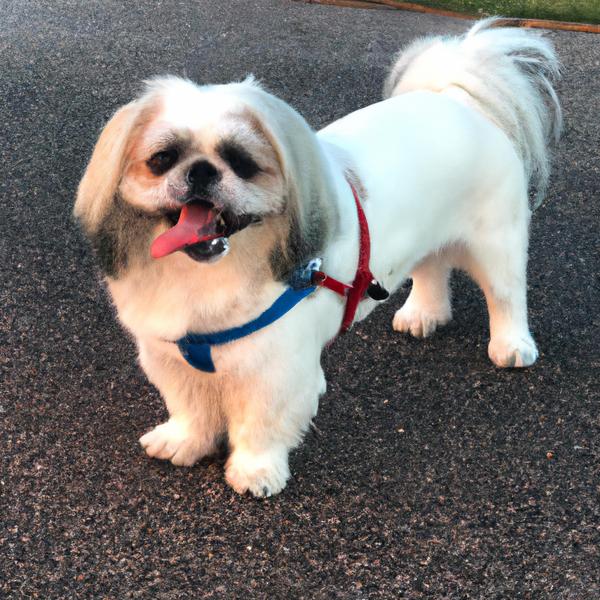
Silkytie
Afghan Hound vs Silkytie
